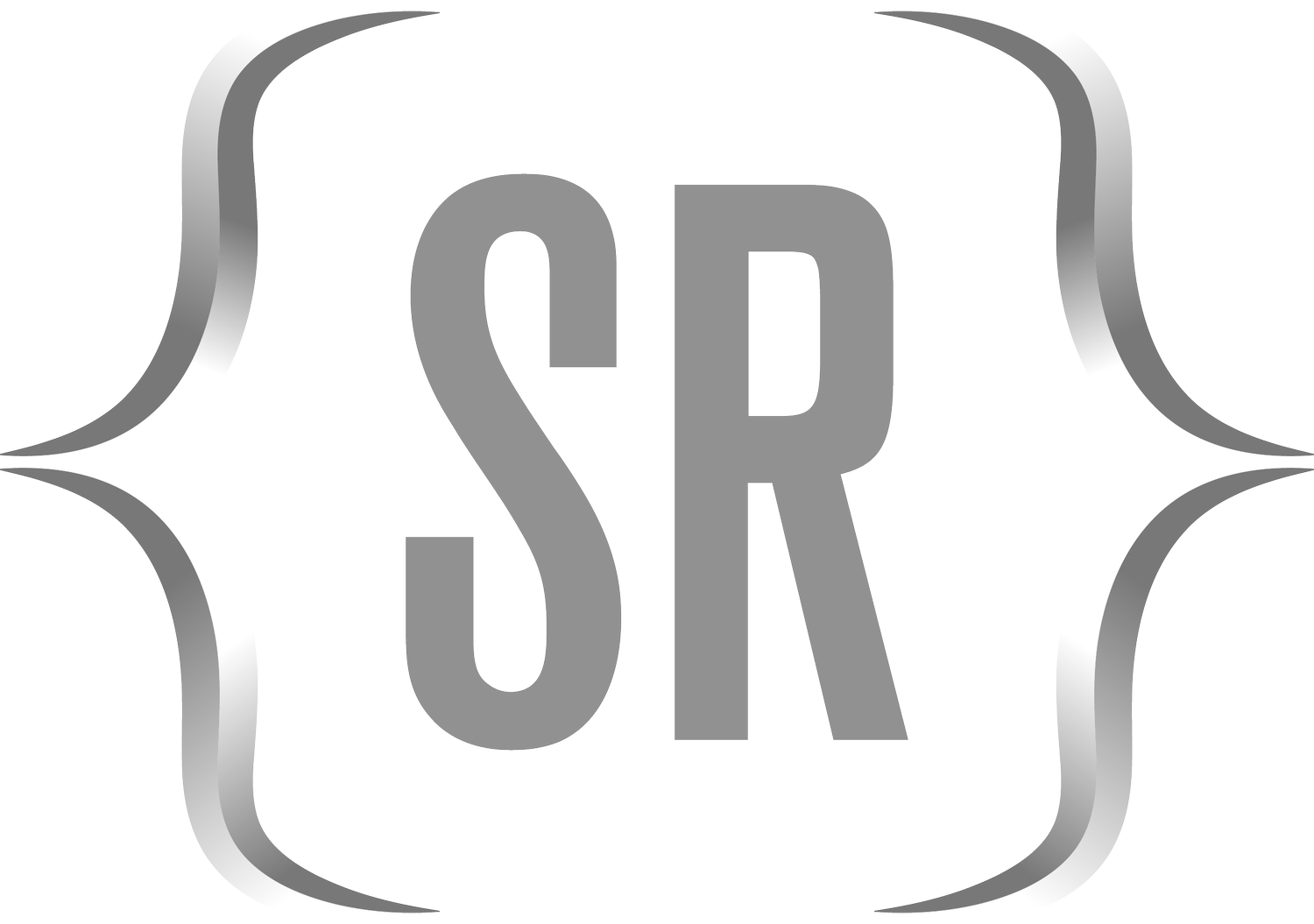The “unsplit” Function in R
Package: Base R (no specific package required)
Purpose: Reverses the effect of split by combining the elements of a list into a vector, matrix, or data frame.
General Class: Data Manipulation
Required Argument(s):
value: A list obtained from a previous call to split.
f: A factor or a list of factors used to split the data.
Notable Optional Arguments:
drop: Logical; if TRUE, drop levels with zero counts.
Example:
# Example data for using the unsplit function
values <- c(1, 2, 3, 4, 5, 6)
groups <- factor(c("A", "B", "A", "B", "A", "B"))
# Use split to create a list of vectors based on the factor 'groups'
split_result <- split(x = values, f = groups)
# Use unsplit to combine the elements of the list into a vector
unsplit_result <- unsplit(value = split_result, f = groups)
# Display the result
print(unsplit_result)In this example, the split function is used to split the values vector into groups based on the groups factor, resulting in a list (split_result). The unsplit function is then used to combine the elements of the list back into a vector (unsplit_result). The unsplit function is useful when you want to revert the effect of the split function and reconstruct the original data structure.
